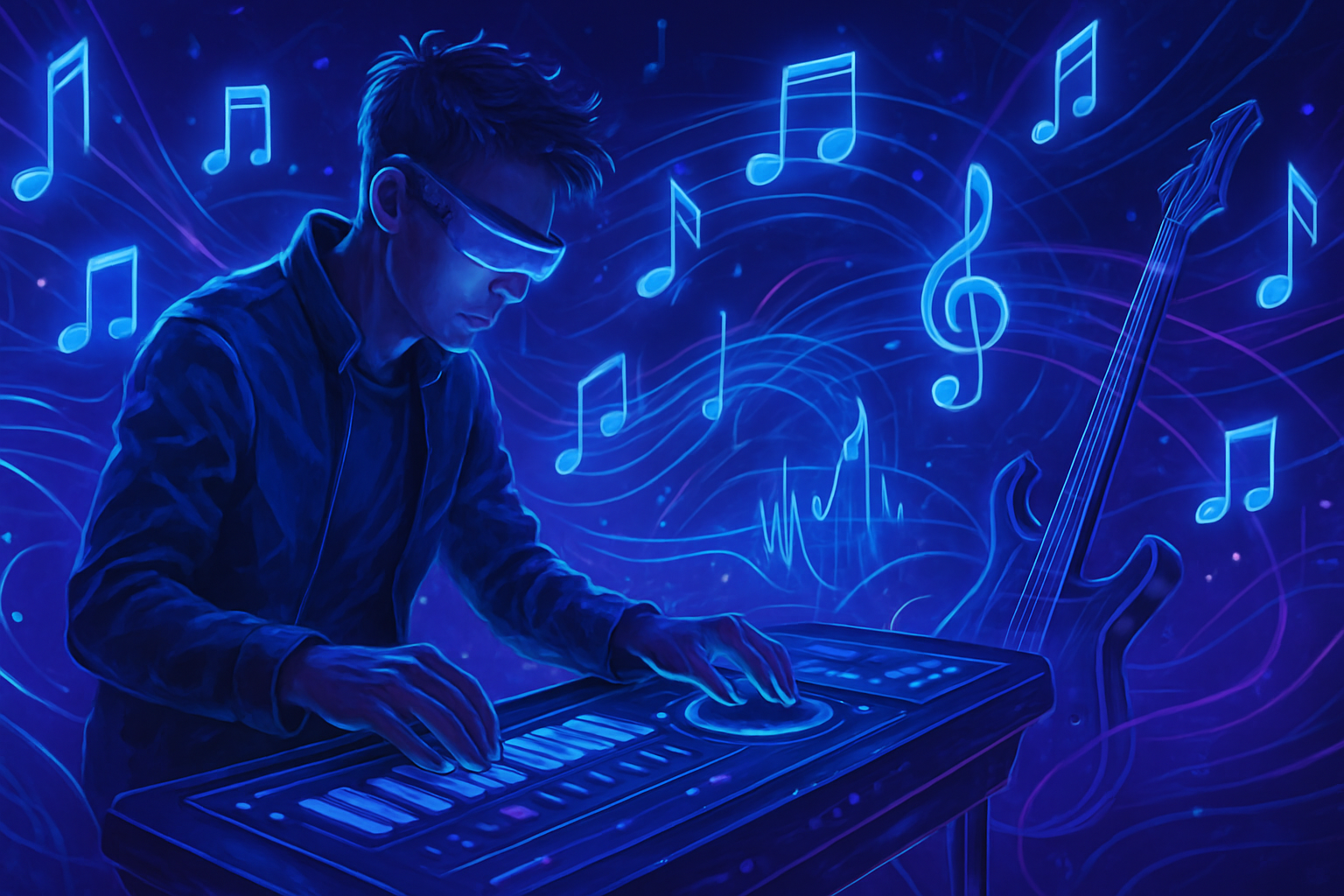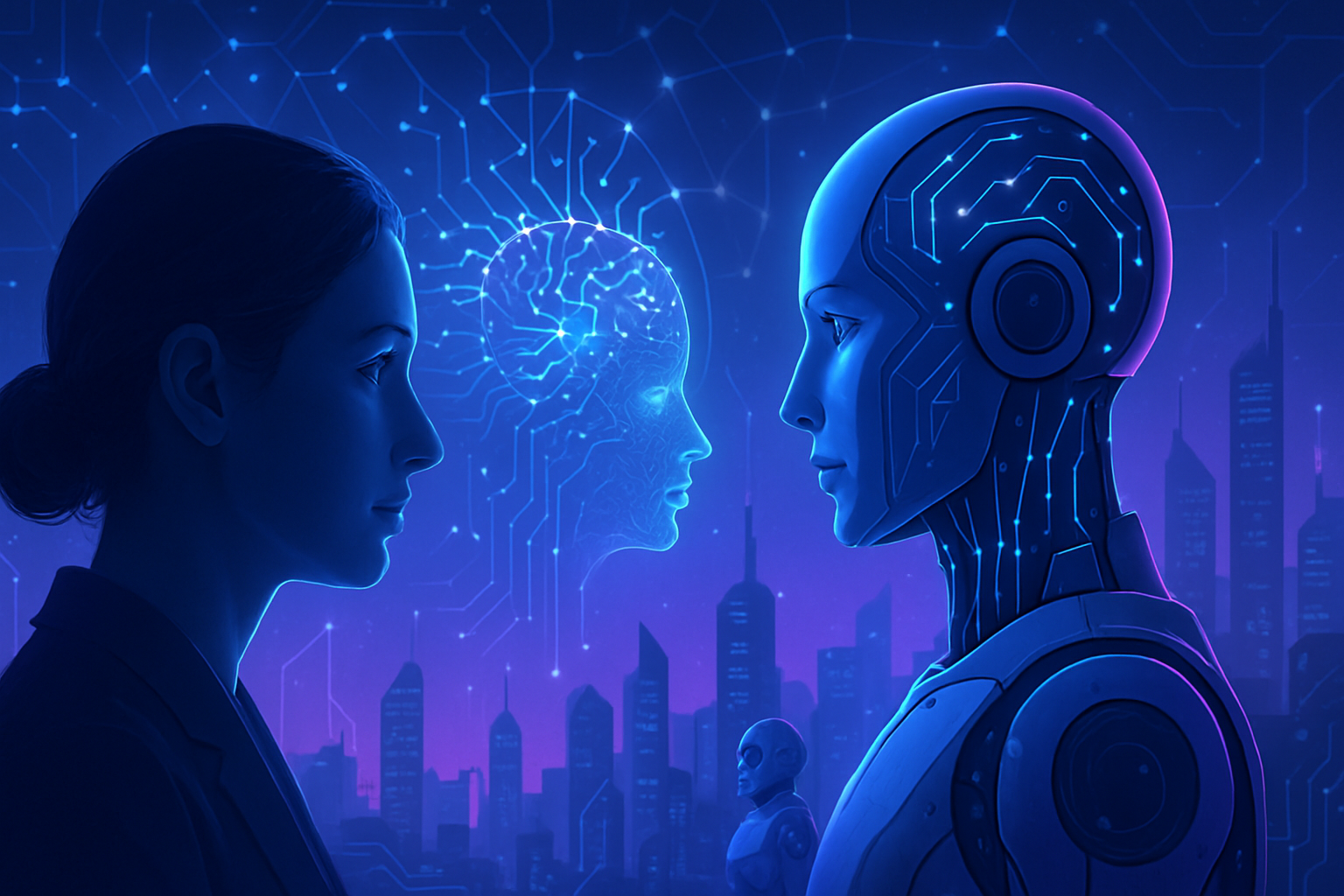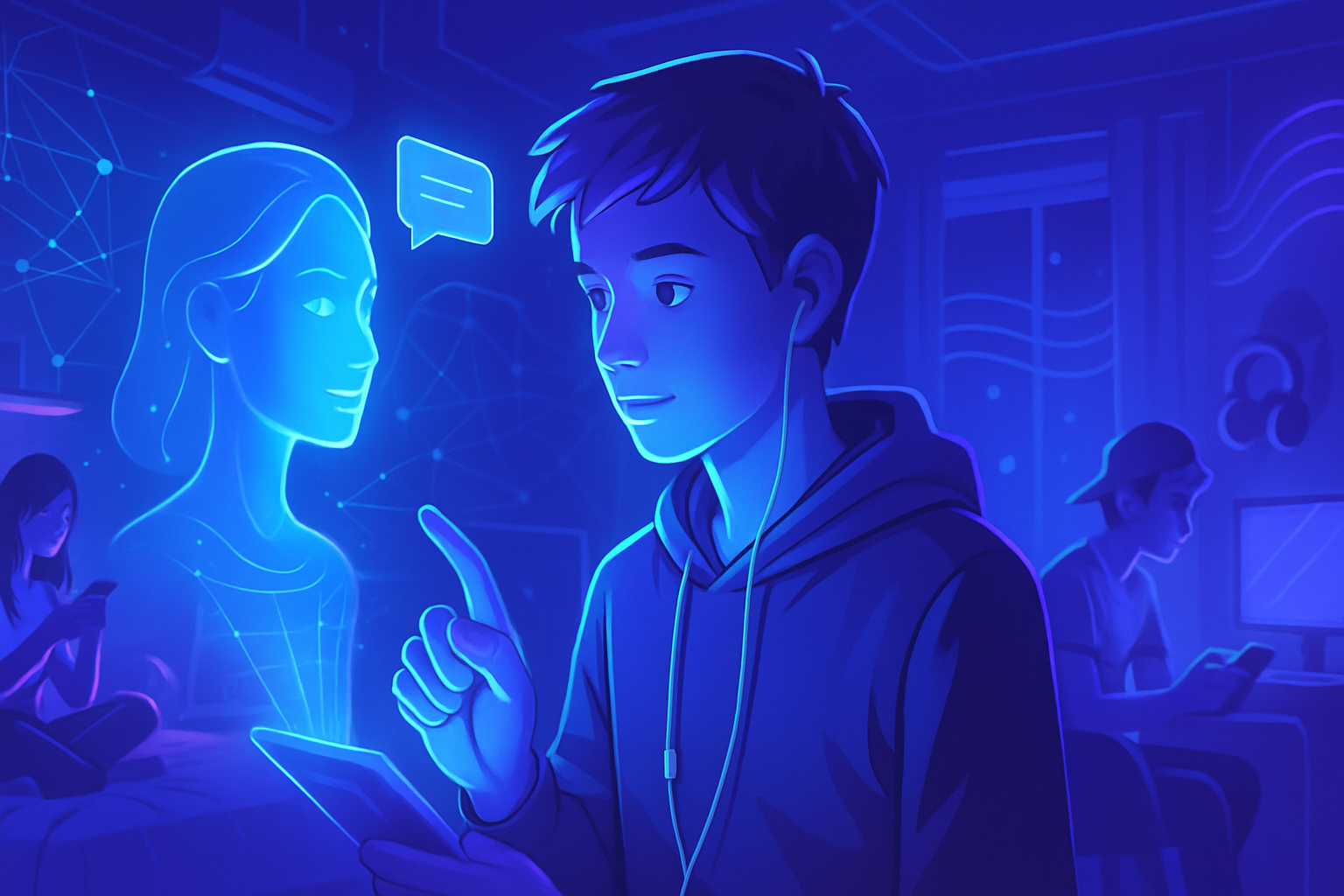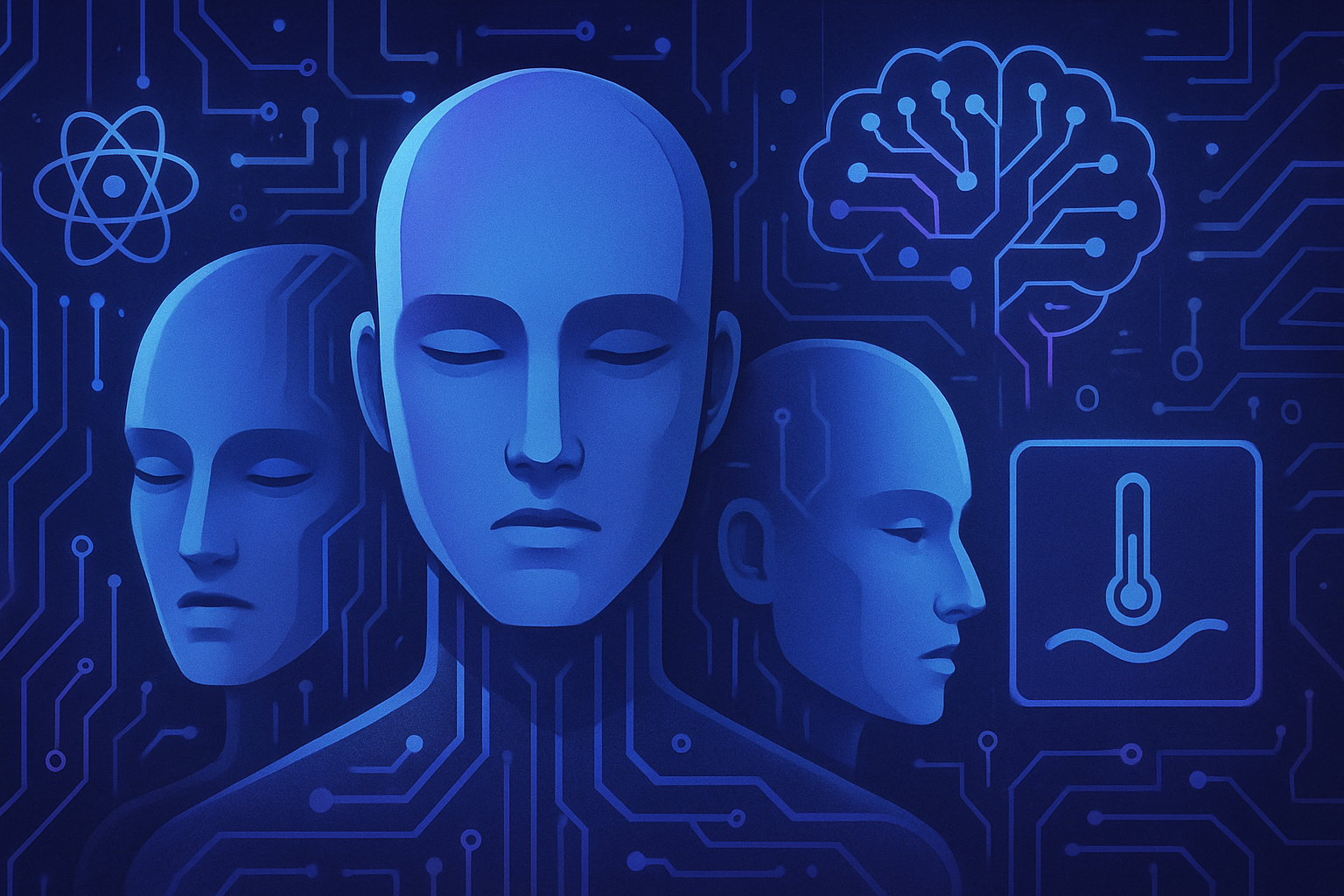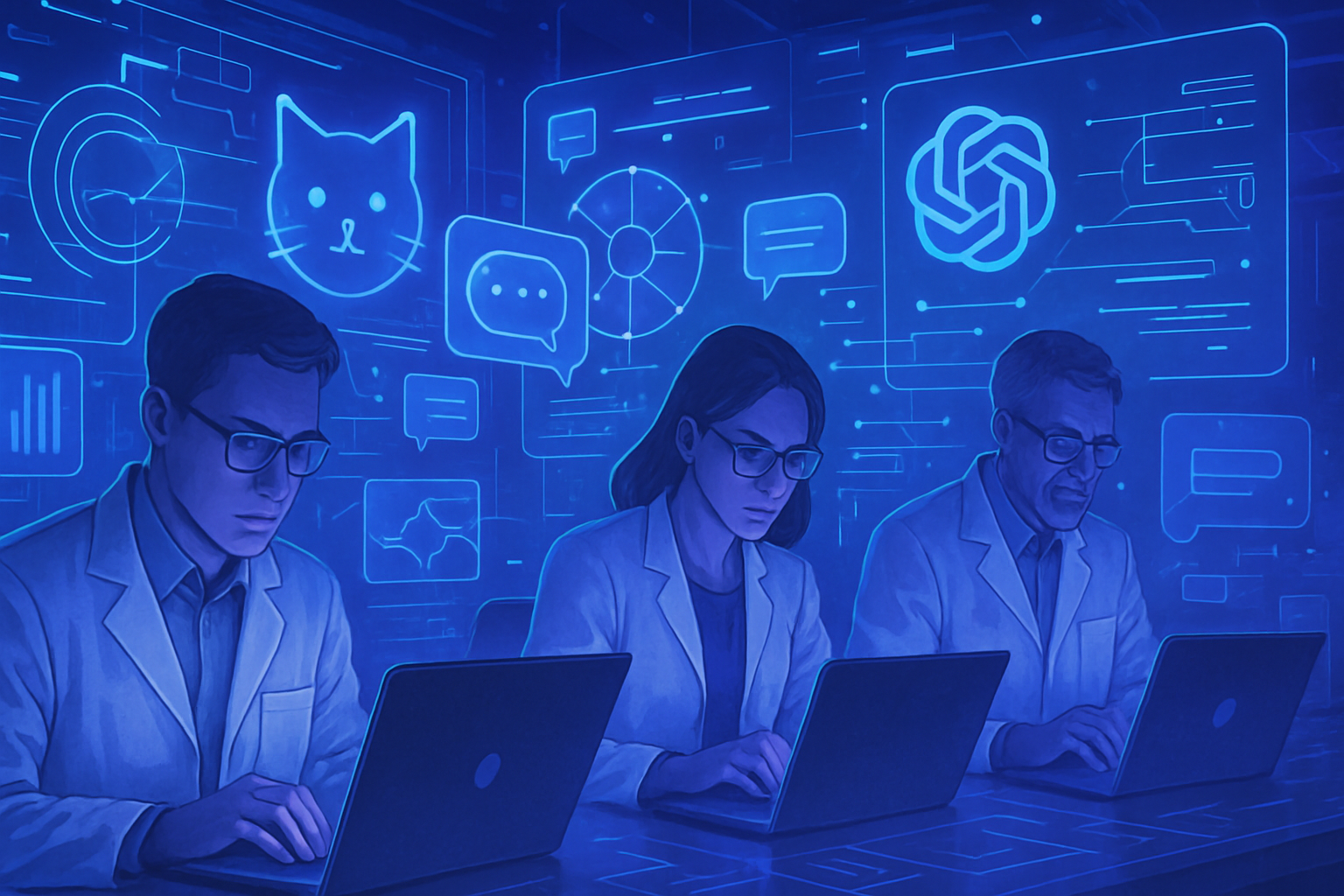Artificial intelligence is establishing itself as a revolution in the preservation of the health of pianists. Far from physical injuries, technology is becoming an essential partner. Prolonged manipulation of keyboards leads to often insidious injuries, such as tendonitis or carpal tunnel syndrome. Adapting instruments to the diverse morphology of musicians is a fundamental challenge. Innovative solutions based on movement analysis promise to reduce this risk. Revolutionizing the way pianists interact with their art is no longer a chimera.
Artificial Intelligence and Injury Prevention for Pianists
Researchers from Stanford University have developed a model of artificial intelligence trained to accurately replicate the hand movements of elite pianists. This initiative aims to understand the delicate hand movements and the physical stresses they face during their performances.
Professional pianists invest hours perfecting their technique, often at the expense of their physical health. Pianists with smaller hands, in particular, experience increased fatigue due to the effort of executing complex movements to reach the keys. This can lead to injuries such as tendonitis or carpal tunnel syndrome.
Analysis of Movements of High-Level Pianists
The AI model presented at the 2024 edition of SIGGRAPH Asia captures the movements of pianists while performing 153 musical works over a total period of 10 hours, while synchronizing the video with key pressure events. The accuracy of the obtained data is unprecedented in this field.
Researchers observed the movements of fifteen elite pianists, filmed from different angles, without interfering with their performance using sensors. By employing advanced computer vision techniques, they successfully reconstructed the hand movements in three dimensions, synchronized with the audio.
Physical Modeling and Movement Simulation
The current physical modeling does not yet take into account the biomechanics of muscles and tendons. The simulation generated by the model presents the movements as robotic actions that do not yet involve actual muscular movements. Researchers intend to improve this model to estimate tension levels in musicians, thereby assessing the risk of injuries.
Towards a More Inclusive Future
Equity in piano practice is a major concern. The design of modern keyboards, centered around a male morphology, can create obstacles for many pianists, especially women. The results of this research aim to influence the future design of keyboards by proposing solutions such as narrower keyboards.
Future Perspectives and Implications for Musicians
Ultimately, this work is not limited to pianists. Similar techniques are employed to model the movements of other musicians, including guitarists. By using high-quality data, researchers aspire to create a model capable of simulating the movements necessary for other musical performances.
These technological advancements do not seek to replace human talent but to optimize its expression. Researchers collaborate with musicians, using AI as a performance aid tool to reduce injuries and enhance their musical experience.
Citation: AI could help reduce injury risk in pianists (2024, December 6) retrieved 7 December 2024 from https://techxplore.com/news/2024-12-ai-injury-pianists.html
These innovations promise to improve the well-being of pianists.
Frequently Asked Questions About Artificial Intelligence for Reducing Injury Risk in Pianists
What can artificial intelligence (AI) bring to pianists to prevent injuries?
AI can analyze the hand and body movements of pianists in real-time, allowing the identification of potentially harmful techniques and adapting postures to reduce the risk of musculoskeletal injuries.
How does the AI model developed by researchers work to simulate pianists’ movements?
The model uses 3D captured data of the hand movements of professional pianists, coupled with advanced computer vision techniques, to accurately reproduce the gestures necessary for executing complex musical pieces.
What types of injuries are commonly encountered by pianists?
Pianists may suffer from various injuries, including tendonitis, carpal tunnel syndrome, and other pains related to overuse or poor postures.
How can AI help customize equipment for pianists?
AI enables the design of personalized keyboards, adapted to different hand sizes, thus promoting ergonomic playing and reducing physical strain during practice.
What is the impact of hand size on the injury risk for pianists?
A smaller hand size may force the pianist to adopt uncomfortable positions to reach certain notes, increasing the risk of muscle strain and work-related injuries.
Can AI also assist in the recovery of injured pianists?
Yes, AI can be used to monitor progress during rehabilitation by analyzing hand movements and offering specific recommendations for a safe return to piano practice.
What technological tools are used to integrate AI into pianist training?
Motion sensors, high-resolution cameras, and AI-based software are used to collect performance data and provide analyses. These technologies assist in gesture evaluation and identifying best practices.
Does using AI in piano require a lot of specific equipment?
No, although some tools may be sophisticated, many AI applications are accessible via standard devices like smartphones or tablets, facilitating access to these technologies for pianists.
How can pianists learn about new AI technologies for injury prevention?
Pianists can consult academic publications, music platforms, professional associations, or conferences on music and technology to stay informed about the latest advancements in AI and injury prevention.

